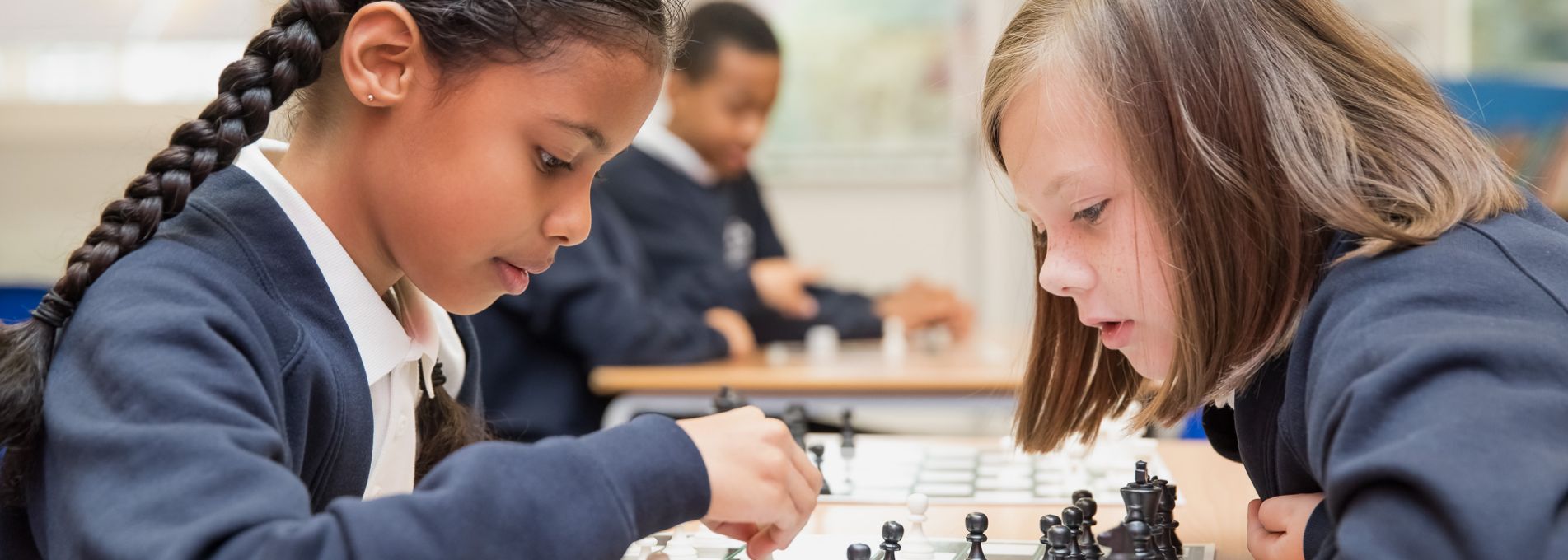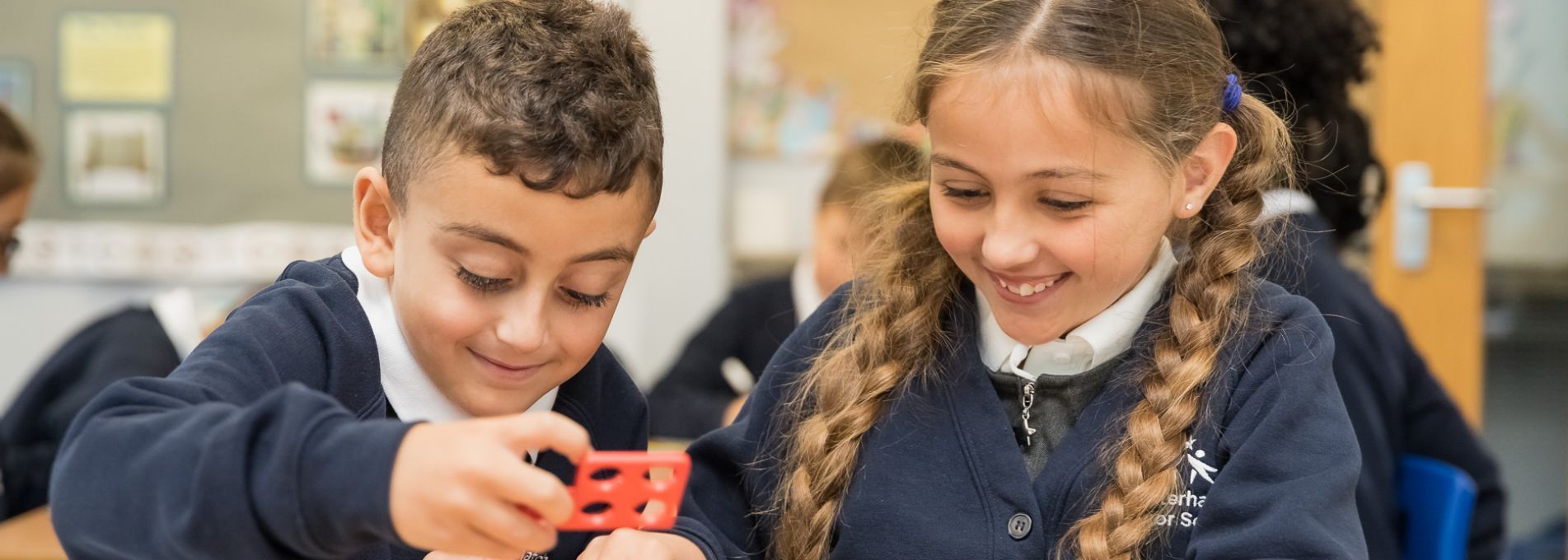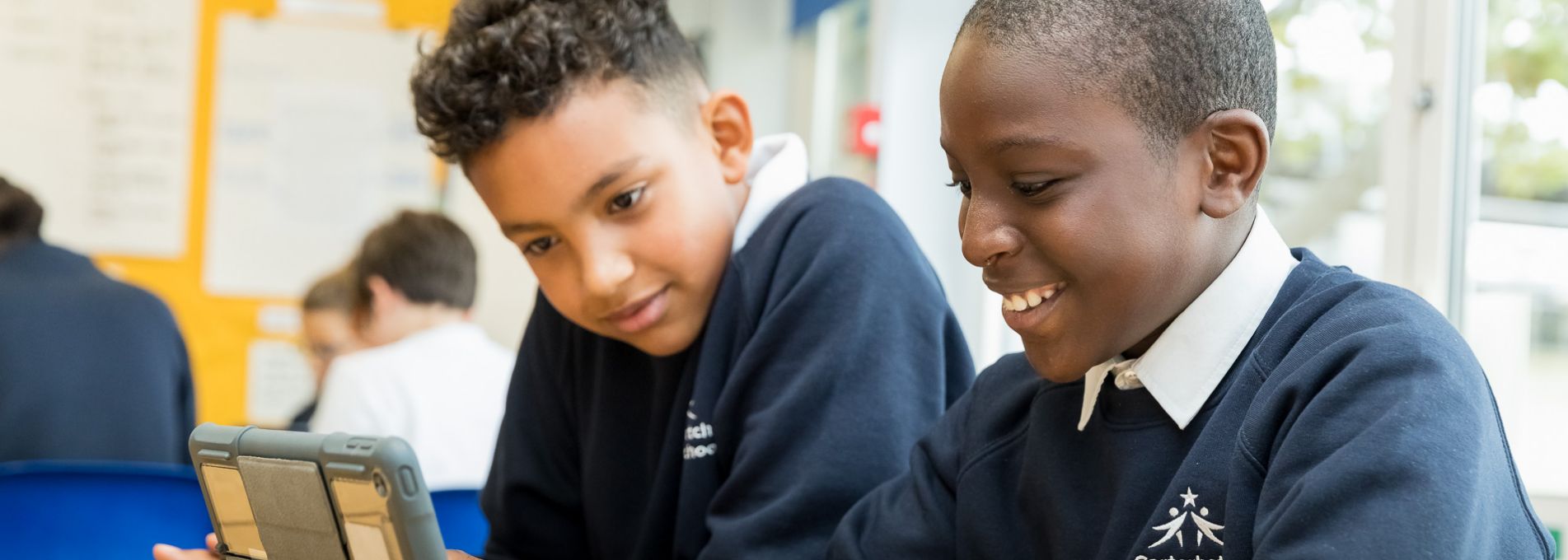Pupil Premium
To read how we are spending our pupil premium money and the impact it is making, please click on the document below.
Purpose of Pupil Premium from the DfE Website
- The Government believes that the Pupil Premium, which is additional to main school funding, is the best way to address the current underlying inequalities between children eligible for free school meals (FSM) and their wealthier peers by ensuring that funding to tackle disadvantage reaches the pupils who need it most.
- In most cases, the Pupil Premium is allocated to schools and is clearly identifiable. It is for schools to decide how the Pupil Premium, allocated to schools per FSM pupil, is spent, since they are best placed to assess what additional provision should be made for the individual pupils within their responsibility. Schools are free to spend the Pupil Premium as they see fit. However, they will be held accountable for how they have used the additional funding to support pupils from low-income families.
What we aim to achieve with our Pupil Premium funding:
- Our key objective in using the Pupil Premium Grant is to narrow the attainment gap between pupil groups.
- Through targeted interventions, we are working to eliminate barriers to learning and progress.
- For children who start school with low attainment on entry, our aim is to ensure that they make accelerated progress in order to reach age-related expectations as they move through school.
- To ensure that we cater for all academic abilities
- The school’s evaluation of its own performance is rigorous. Tracking of progress over time for each pupil is thorough in order to identify any areas for development and to ensure that we implement any interventions necessary to close the gap. These assessments happen termly and data is gathered, collated and analysed to assess the impact of interventions as well as to highlight the potential need for additional support.
We will use a range of data to analyse the impact of spending:
- End of Key Stage data
- Phonics assessments current data
- Intervention analysis
- Outcomes of learning reviews (observations), learning moderations (book scrutinies) and progress meetings
- Stakeholder feedback
Click here to read Pupil Premium Strategy Statement 2023-26










 ''
''